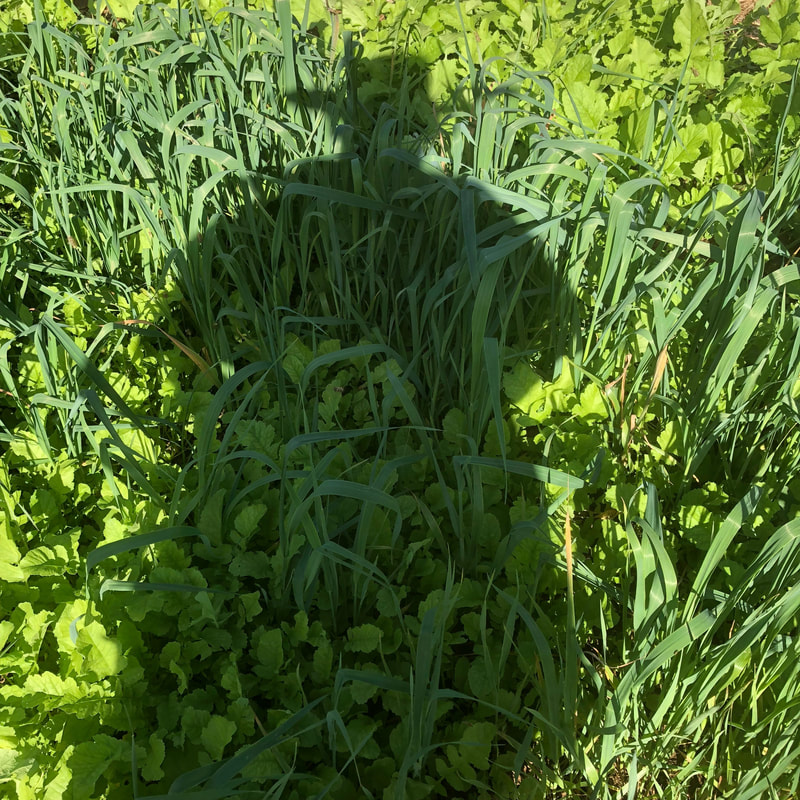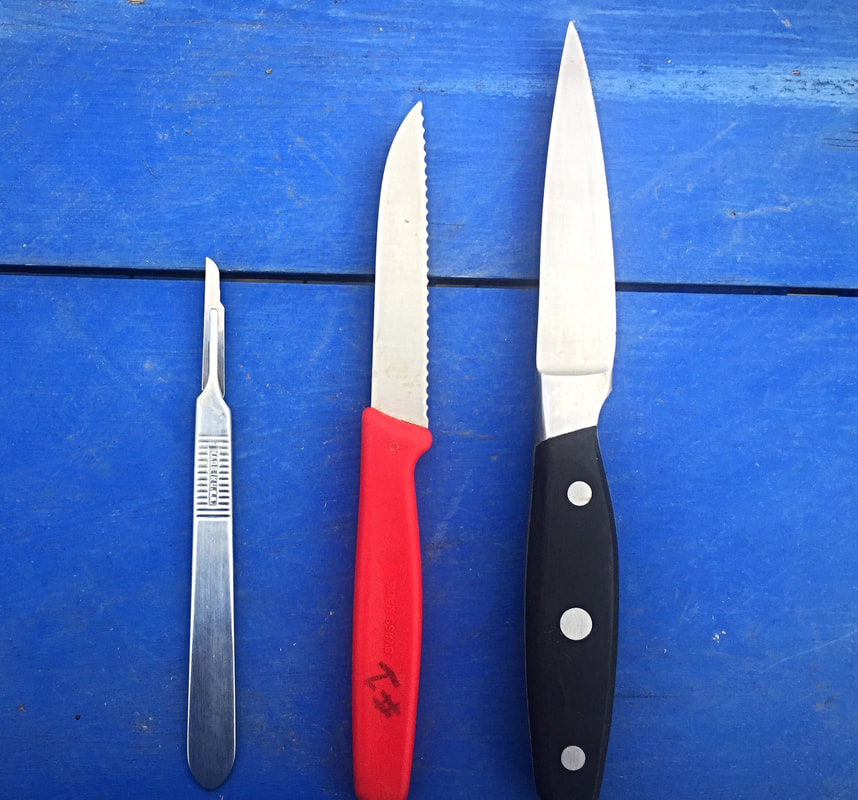 In 2019, 400 years after the first Africans landed on North American soil, Cappitol Wellness founded a heritage garden at The Sandy Spring Slave Museum and African Art Gallery in Sandy Spring, Maryland. This historic museum was founded in 1988 by Dr. Winston Anderson, Howard University professor and cell biologist, and recipient of the Presidential Award for Excellence in Science, Mathematics and Engineering mentoring. Dr. Anderson's efforts and determination were supported by George and Georgianna Campbell, the Sandy Spring community and his brother, general and trauma surgeon ,and Howard University School of Medicine professor, Dr. Bernard Anderson. Within the museum and on the museum grounds, the expansive, rich and evolving history and art of African people are displayed for visitors of all ages. Over the years , the museum has added a variety of exhibits, sculptures and buildings that honor the men, women and children abducted from countries across the African continent and transported across the globe. This year, the museum added an African Art Gallery, and we began a heritage garden to introduce museum visitors to vegetables and herbs representative of African people from across the diaspora. Also included are vegetables indigenous to North America that were originally cultivated through a variety of sophisticated growing methods by the FIRST Americans, the North American Indian nations. Our inaugural year began with preparing and amending the soil. A deer fence kept the deer herd away, initially. Corn, beans, collard greens, squash, cucumbers, and heirloom tomatoes were just some of the vegetables that grew vigorously with a drip irrigation system to conserve water. As practitioners of regenerative agriculture, we added a compost bin to source soil amendments , improve soil health, reduce food waste, and reduce soil compaction. Eager earthworms volunteered to recycle garden material , aerate the soil. and add valuable soil nutrients. And then came the unwanted guests. Deer were the first to notice our baby corn and proceeded to trample and sample everything in the garden. Next , a huge tree limb from a dead tree fell on our compost bin , and ripped part of the deer fence. Any crops left were swiftly devoured by the deer, even the red okra with its hairy leaves. And to complicate the process , the dead tree is located on a unique road, Farm Road , that isn't visible on any recent maps and is not maintained by any government agency in Maryland. Some property owners on Farm Road, descendants of the first freed enslaved people in Maryland with deeds dating back to the 1800's, even had their addresses removed by the Maryland- National Capital Park and Planning Commission in 2006. The property addresses were reinstated in 2013 by the Montgomery County Planning Board, part of the Montgomery County National Capital Park and Planning Commission, after prolonged, exhaustive and expensive court battles, and the relentless efforts of homeowners and volunteer advocates. Like our ancestors and the Sandy Spring advocates, the 1619 Heritage Garden will continue to grow and thrive in spite of any obstacles. It will be rebuilt, the soil amended, the fence repaired, irrigation equipment installed, and cover and cool weather crops planted this and every year. Your donations can help make this all possible. This year, over 100 Baltimore children and adults returned to the museum for a summer day filled with interactive history lessons, music and food. New this year, the children enjoyed freshly made raspberry and blueberry smoothies rich in vitamins and antioxidants. We can't wait to offer more wellness related programming using the heritage garden as a backdrop and source of fresh ingredients.
0 Comments
|
Follow
|








 RSS Feed
RSS Feed